Chasm (Switch) Review
A FINE ENOUGH METROIDVANIA
I absolutely adore the various takes on the metroidvania genre that have flooded the market. Some may see it as oversaturation but I still find myself eager to pick them up and see what spins and influences are used. Chasm has been a work in progress since around 2013 where it did eventually turn to Kickstarter and has since launched on all major platforms. I’ve heard some discussion of it from other game critics but they all mostly pointed to the same core problems that hold this release back and after playing I definitely understand what they were conveying. Chasm is a metroidvania with a partially randomized map with various fixed points that keep the story and upgrades the same. What results is a competently made adventure about a knight diving into the depths of a mining town plagued by monsters but because of the random nature of the game, it lacks that personalized touch to make it stand out, even though every room is carefully designed and tested. That said, I found some fun with it and I think it’s worth playing for fans of this genre that are like me, eager to pour through just about any title with these influences.
There’s a lot of faults I can tolerate when playing a metroidvania. I just recently played the obscure 3000th Duel for review at Marooners’ Rock and even though I fully understood how amateur and flawed that game was, I couldn’t stop playing it and I gladly saw it through to the end. This is similar to how I feel with Chasm. It is not particularly unique at all and there are a lot of elements I would have liked to have been included but I stayed up late for several nights delving into the mines, gathering various items, and all the while hopping and slashing my little heart out.
Mechanically, Chasm is rock solid. Movement feels great, jumps and attacks are snappy, and if I had to compare it to another game in this genre it would have to be Castlevania: Aria of Sorrow, a GBA masterpiece and probably my favorite game in the Castlevania series. That said, I’m specifically referring to the character movement, there are no souls to gather or anything like that in Chasm. Our hero knight in training has two main forms of attack, weapon swing (with a few sets of animations for things like heavy weapons swinging overhead and spears having more reach) and a spell similar to the items found throughout the early days of Castlevania. Technically sliding does damage too but I found it ineffective and there are familiars like in Symphony of the Night but they can be inconsistent so I opted to not use them in the later sections. This means there are limited ways to approach combat in Chasm and unfortunately the early spells feel underwhelming. Thankfully, spells can be upgraded and at the final level, I started using them way more often, mostly tossing the boomerang into larger bosses. For most of my time with Chasm though, I stuck to the tried-and-true hopping and slashing.
Movement upgrades are fairly limited in Chasm as well. There’s a ledge grab and a double jump sure but none of these change how I approached traversing the map, they just got me to a new room to get a key item or something similar. In the best metroidvania titles, movement upgrades allow for new applications like being able to go through rooms faster or add a new attack. In some sections of the game where I was just looking for a single room that would give me something to progress I desperately wished for a speedy dash or at least something that would increase my movement speed. Thankfully, there are several warp points but they work in a rather odd way. Each level of the overall dungeon has its own set of doors that act as warp points, which works well enough when there are not many floors, but towards the end, warping can be a chore and I just wish they were teleports.
That said, the moment-to-moment level design is solid and the enemy placement is well-considered. Enemies are all pretty small and there could definitely be more variety but they attack in ways that create enough engagement to encourage me to play in a more precise fashion. Thankfully, the controls are solid on the Switch and I never felt cheated when taking damage. Running this game on the harder difficulties definitely means getting good at knowing exactly how enemies move, the number of hits it takes to put them down, and remembering that there’s a back dash that can be used to get out of the way. Some enemies can be more annoying than others but they all fall into categories that steadily get stronger, so their patterns can be easily figured out. I wish there were more larger enemies because the sprites can be so small but again they’re placed well in the various rooms that the game pulls from.
I do wish there were more enemies like this one.
Speaking of foes, the bosses in Chasm are pretty solid. Each of them fits a particular archetype we’ve seen before but they are tough enough that a few attempts will likely be needed to best them. I also like that the final boss is built up through the game’s lore which involves a civilization and dark god or something. When doing harder level runs, these fights become satisfying dances and pattern recognition is key. Too bad there’s not a boss rush, a mode that I think just about every metroidvania should have.
Outside of loading up an adventure and attempting a speedrun or playing with a different class and their set of stat patterns, the best alternate mode is the arcade options. These runs have players going through a single room and then the game generates the next when passing through a door, eventually leading to a boss or the next floor all while a timer steadily ticks down. This severely limits the items and encourages things like selling extra gear to buy more things which I really enjoy. Speed is key, so knowing exactly how to best traverse a room and being able to manage the game’s straightforward menus quickly can really benefit the player. I can’t say I’m very good at earning a high score on either the Weekly or Daily leaderboards but this is a super engaging way to frame this game and I hope it gets expanded on in a sequel or patch.
Much like the gameplay, the visuals are fine. Nothing groundbreaking but the pixel art is all solid and the game performs excellently on the Switch. There is a nice-looking CRT filter that can be turned on and I surprisingly played most of the game like this because I actually liked the effect. Usually, I just turn on scanlines for a whim and a sigh of nostalgia and swap back to the default option but in Chasm, I stuck with it. There’s also an alternative, chiptune soundtrack that can be toggled and while I think those tracks are not as good as the base tracks, I do play with them on for some variety when attempting arcade runs.
The various locations do vary in color but not enough in mechanical structure.
I just wish that Chasm was more ambitious because the foundation is rock solid. It’s understandable that this game is what it is because of the small team that created it but man this is one that’s hard to recommend to most players. For genre enthusiasts, though that enjoy something with a hand-crafted feel it’s worth going through at least once or twice. Clearly, the people that worked on Chasm love Castlevania and the metroidvania genre and that will become apparent to anyone who’s played those games after spending just a few moments with Chasm. I would love to see these developers take on another metroidvania project, now that they have something to build from.
Some backgrounds look really nice.
Chasm is overall a good representation of the genre but it lacks elements that elevate above other titles.
For more information about Chasm, check out the official website. A digital copy was purchased by the reviewer. Screenshots were captured using the capture functions of the Switch.
For more metroidvania analysis, check out my review of the absolutely stellar Bloodstained: Curse of the Moon. Zach also took a deep dive into Hollow Knight and brings it up in discussions pretty often.
SCORES
GAMEPLAY - 6/10
VISUALS - 5/10
SOUND - 5/10
CONTROLS - 7/10
REPLAY VALUE - 5/10
OVERALL - 5.6/10
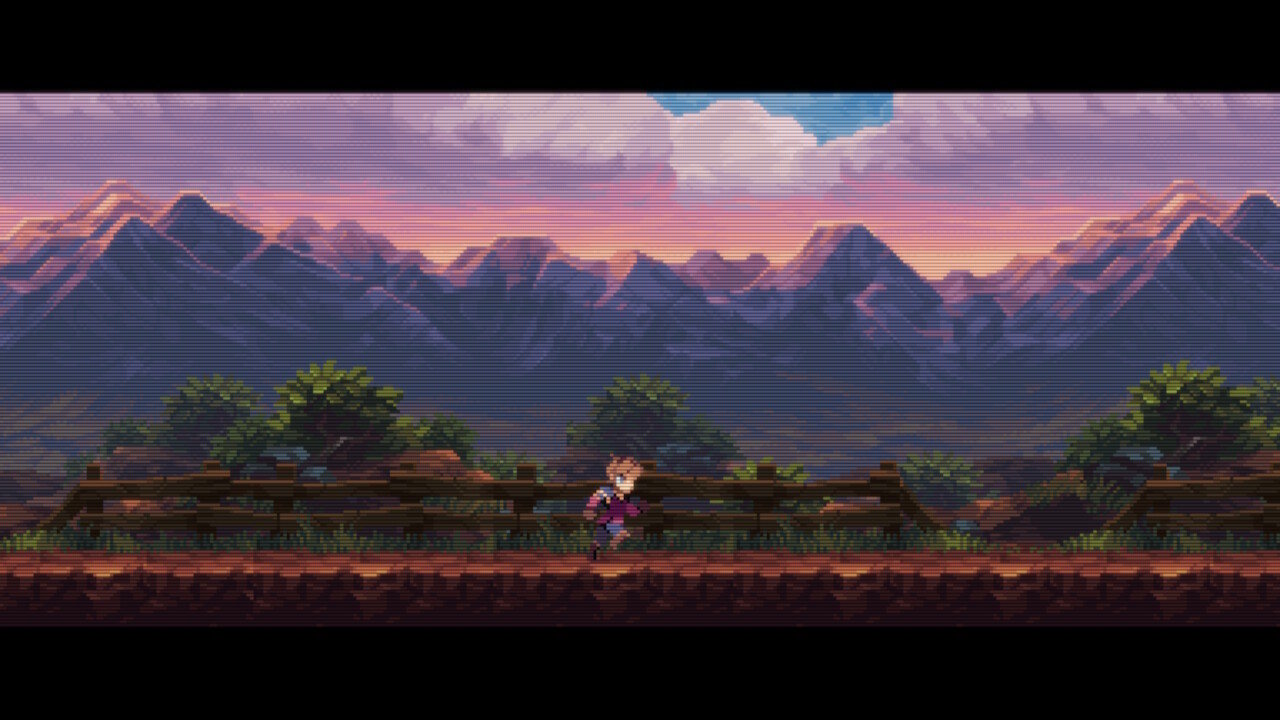
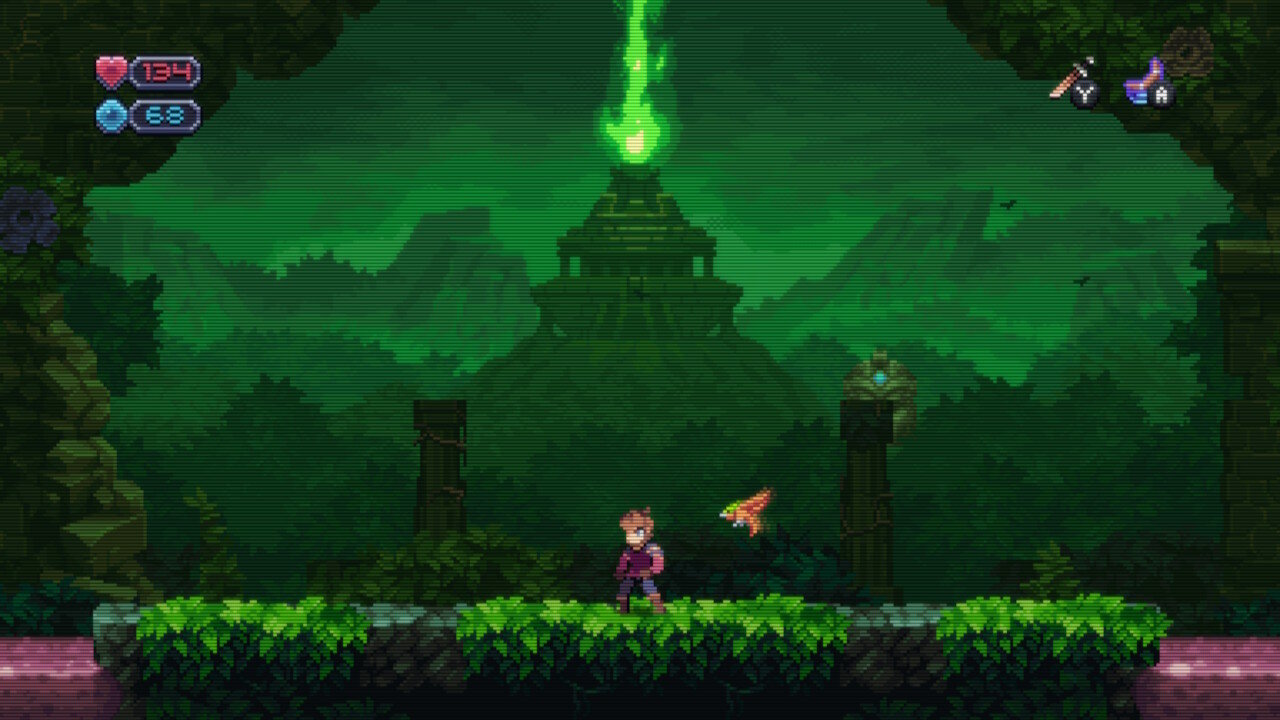
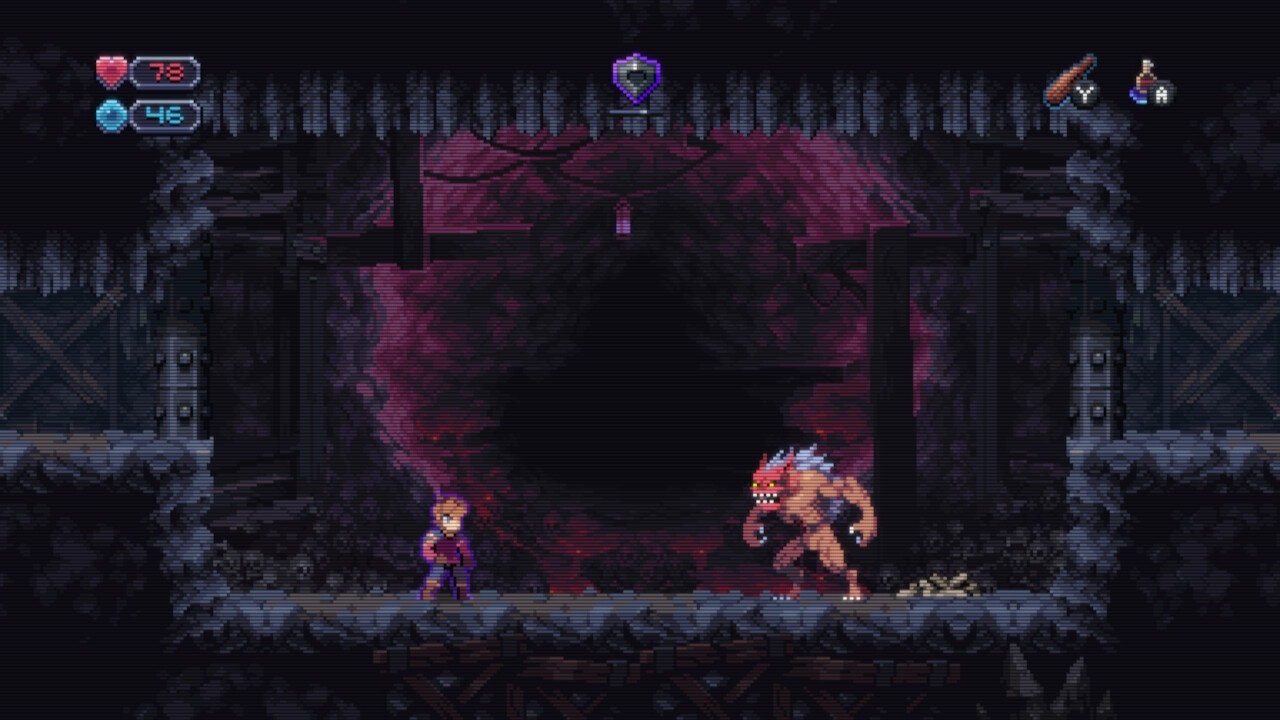
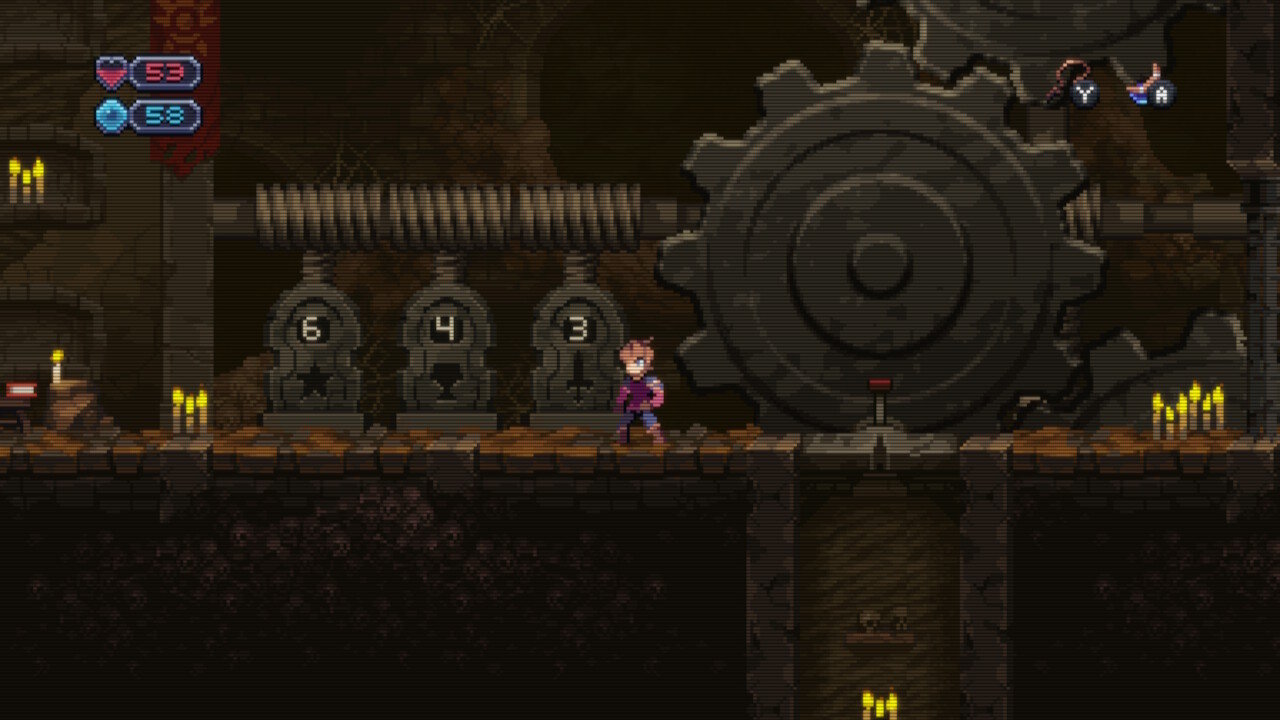
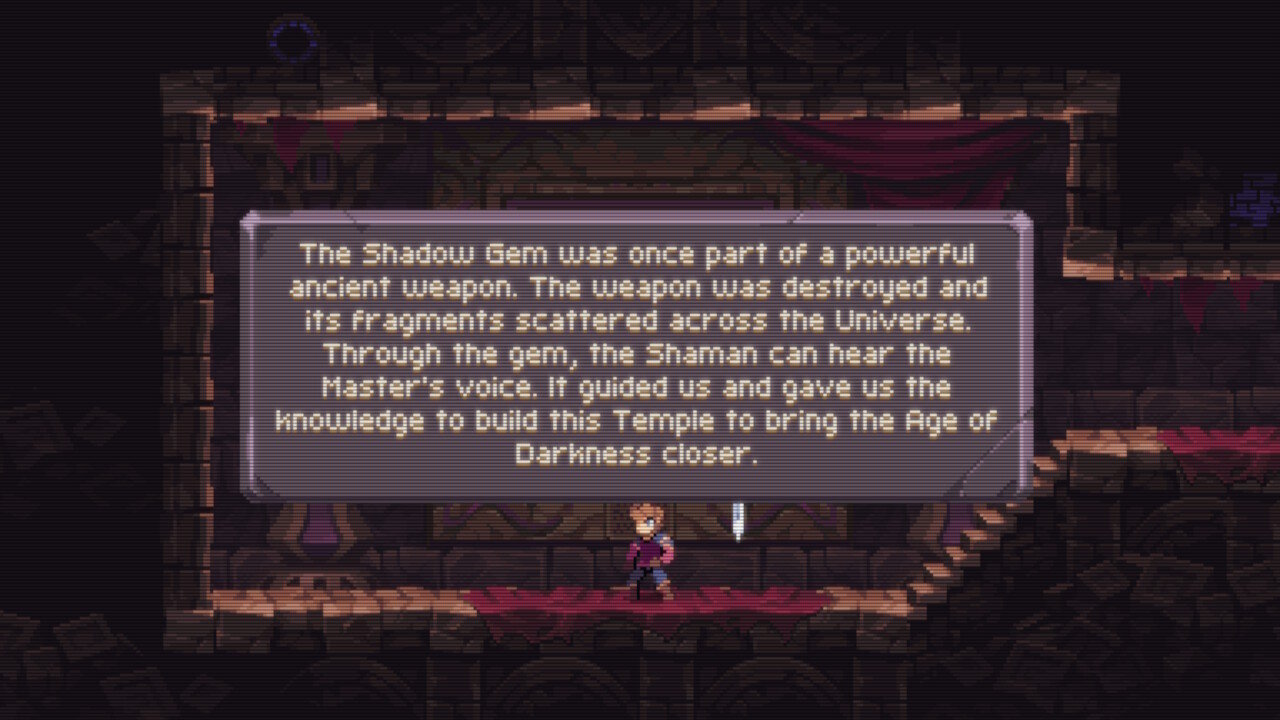
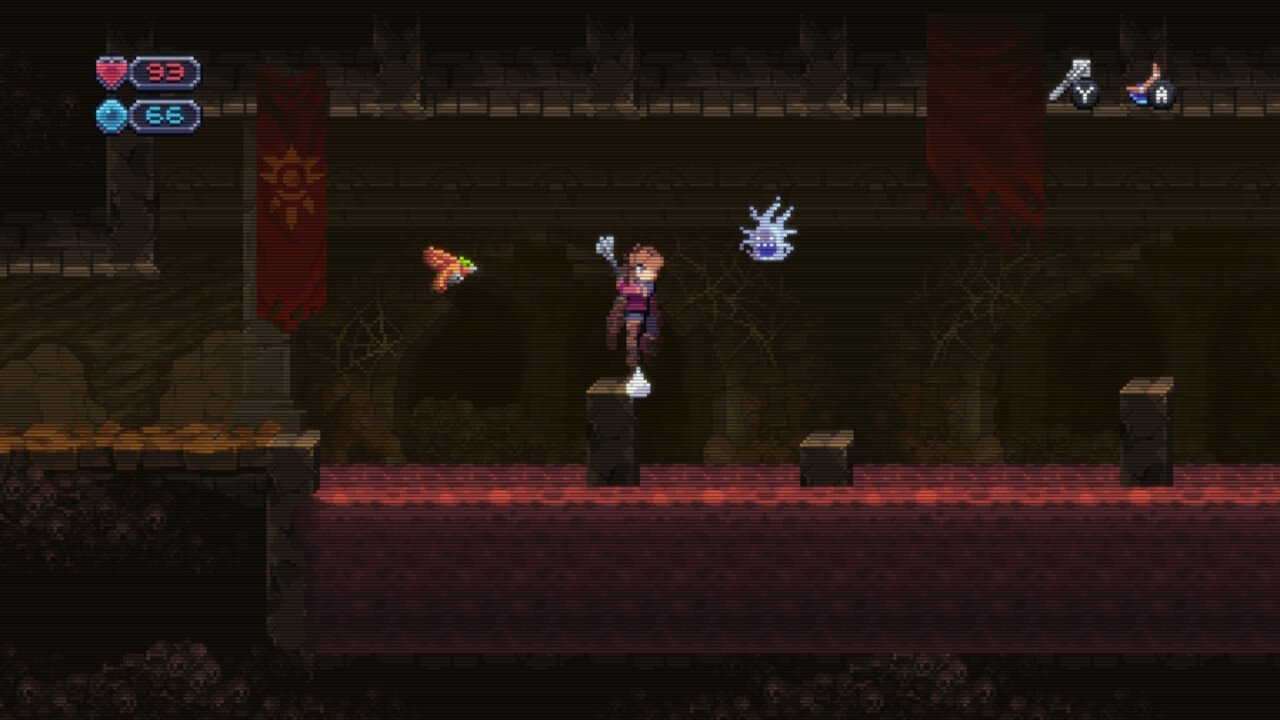
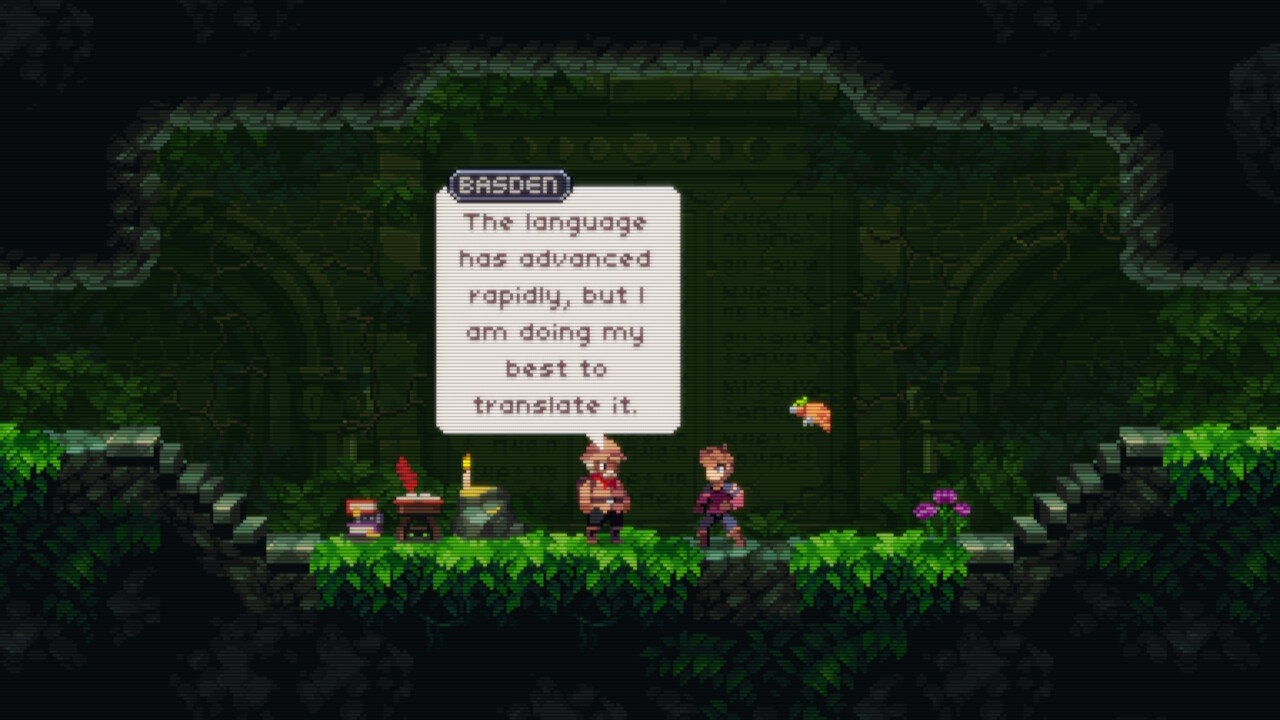
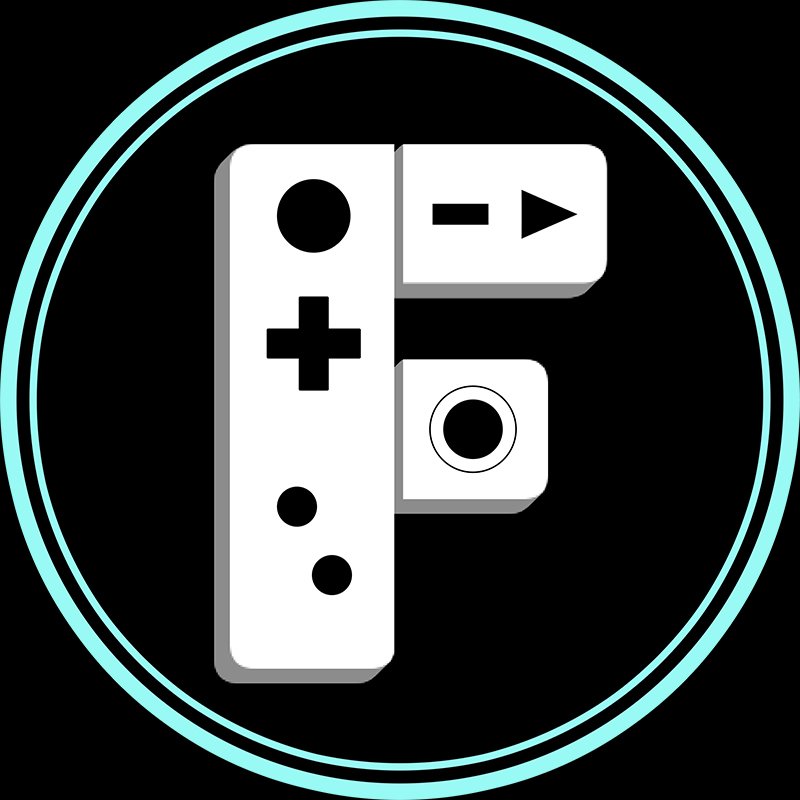






On a path that will ultimately result in his own destruction, James Savage takes on his vampiric ex-girlfriend Draculae in El Paso Elsewhere, a moody neo-noir action shooter from Strange Scaffold.